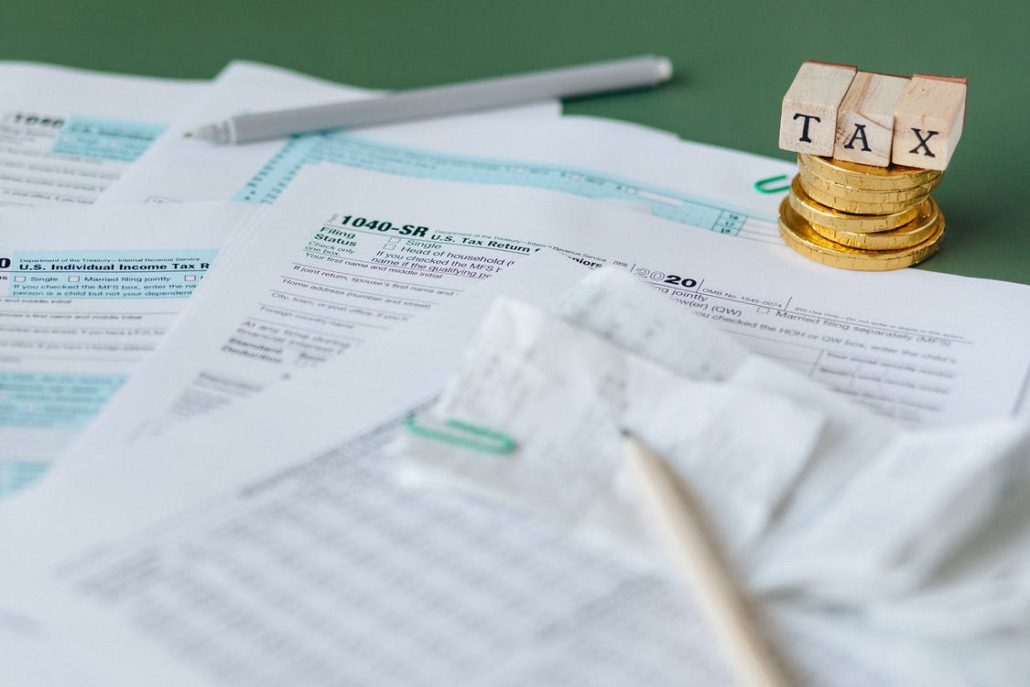How to File Taxes as a Freelancer
Freelancing often feels more empowering because you have more freedom in working on your own time and when you want to.
If you earn more than $400 at any given time though, you are going to have to report your income and you’re going to start filling in forms such as 1099-MISC and your form 1040s.
The IRS considers freelancers self-employed. So if you’re earning your income taxes, you would have to file them as if you are a business owner.
If you take additional income if you’re self-employed, you may also face taxes for that very reason. This article will explore the considerations which go into how to file taxes as a freelancer.
Taxes Freelancers need to Pay
Income Tax
Your first step in freelancing is to consolidate all your sources of income.
If you’re like most freelancers, you may have multiple customers.
If you keep track of all your income, it’s going to be a hassle compared to having it done for you if you were a traditional employee.
These days, however, you may get numerous 1099-NEC forms, previously the 1099-MISC and you may receive payments from debit cards including Paypal to start withdrawing cash.
Self-employment tax
If you’re self-employed, you are your own CEO – tax time is when it gets tedious.
In addition to your regular income tax, freelancers also pay the self-employment tax rates which is about 15.3% in 2021.
This type of tax includes Social Security and Medicare taxes and ordinary employees usually have it calculated for them.
Of course, if you are a freelancer, you are going to sign both the employer and the employee section of those taxes.
How much money do I have to earn in freelancing to start paying taxes?
If you earn $400 as a freelancer or more in a given year, you're required to pay self-employment taxes to the IRS.
If you’re self-employed, you must report your income if your total earnings from all sources are $400 or more.
You can get a form 1099-NEC (again Form 1099-MISC in previous years if you’re self-employed or you worked as an independent contractor.
If your clients pay you more than $600 in any given tax year, they are required to issue you a Form 1099-NEC.
How to File Freelance Taxes
Gather all relevant documents
This may include a 1099-MISC or 1099-NEC, determine the type of income you’re earning and from whom and that will be the tax form you will use.
Keep track of your income
This will make it easier to prepare your tax return and ensure that you don't miss any deductions.
Determine your filing status
Your filing status determines which tax bracket you fall into and how much tax you'll owe.
Calculate your taxable income
This is the total amount of income you received during the year, minus any deductions and exemptions.
Calculate your tax liabilities.
This is the amount of tax you owe based on your taxable income and filing status.
Here are some examples of tax deductions you can take advantage of:
If you’re a freelance, you must reduce your liability. This can be done through your own business expenses.
These expenses, however, need to be absolute necessities so that you can score some deductions that employees will not otherwise get.
- Tax deductions can write off expenses for
- Business-related food spending
- Lodging
- Office spending and consumables
- Office materials
If there is a guideline for deductions, these expenses have to be ordinary and necessary.
Home office
If you’re a freelancer, you can also use the home office deduction. The IRS allows you to write off these expenses including rent and utilities.
Your office space must, however, be used for your self-employment and you cannot use your family room and consider it office space.
Travel and meals
Business meals with clients can be deducted at 50%. If you provide concrete evidence that these are fundamental expenses, then you can take advantage of them, however, you cannot write them off as business expenses.
Education and certifications
If you’re into higher learning, then your studies overlap with your job, then educational costs are tax-deductible.
Yet they have to be related to your field.
Documents Needed
Form 1099-NEC
Form 1099-NEC is a tax form used to report nonemployee compensation (NEC) to the Internal Revenue Service (IRS). NEC includes payments made to independent contractors, freelancers, and other nonemployees for services rendered.
Form 1099-MISC
Form 1099-MISC is a form used to report miscellaneous income. This form is typically used to report income from awards royalties, and commissions, if your freelance works include such payments as compensation or awards or if you’ve taken out healthcare payments, these are typically the inclusions on a 1099-MISC.
Freelance Payments
Keep screenshots or printed forms of the payments made to you. You can use these to prove your income and more often than not, these authenticate your income tax returns.
Form 1040 - Schedule C
This is the master form where you report profit and loss statements. This is also known as your Schedule C. Freelancers often need Form 1040-ES to garner an estimate of their total tax liabilities.
If you are a freelancer, independent contractor, gig worker, or part-time freelancer, most of the people on this list belong to the sole proprietor category. If you sell things for $10 on a yard sale, you're still a sole proprietor and as such you should report your income on the Schedule C of your 1040.
It's easy to get confused with all these forms and steps in filing your taxes as a freelancer.
However, it's a great idea to start consolidating your income prior to tax season and you can do that by creating a pay stub online using our online pay stub generator.
So, track your income as you earn it and remember to research which forms and tax brackets you belong to so tax season won't be such a chore.




